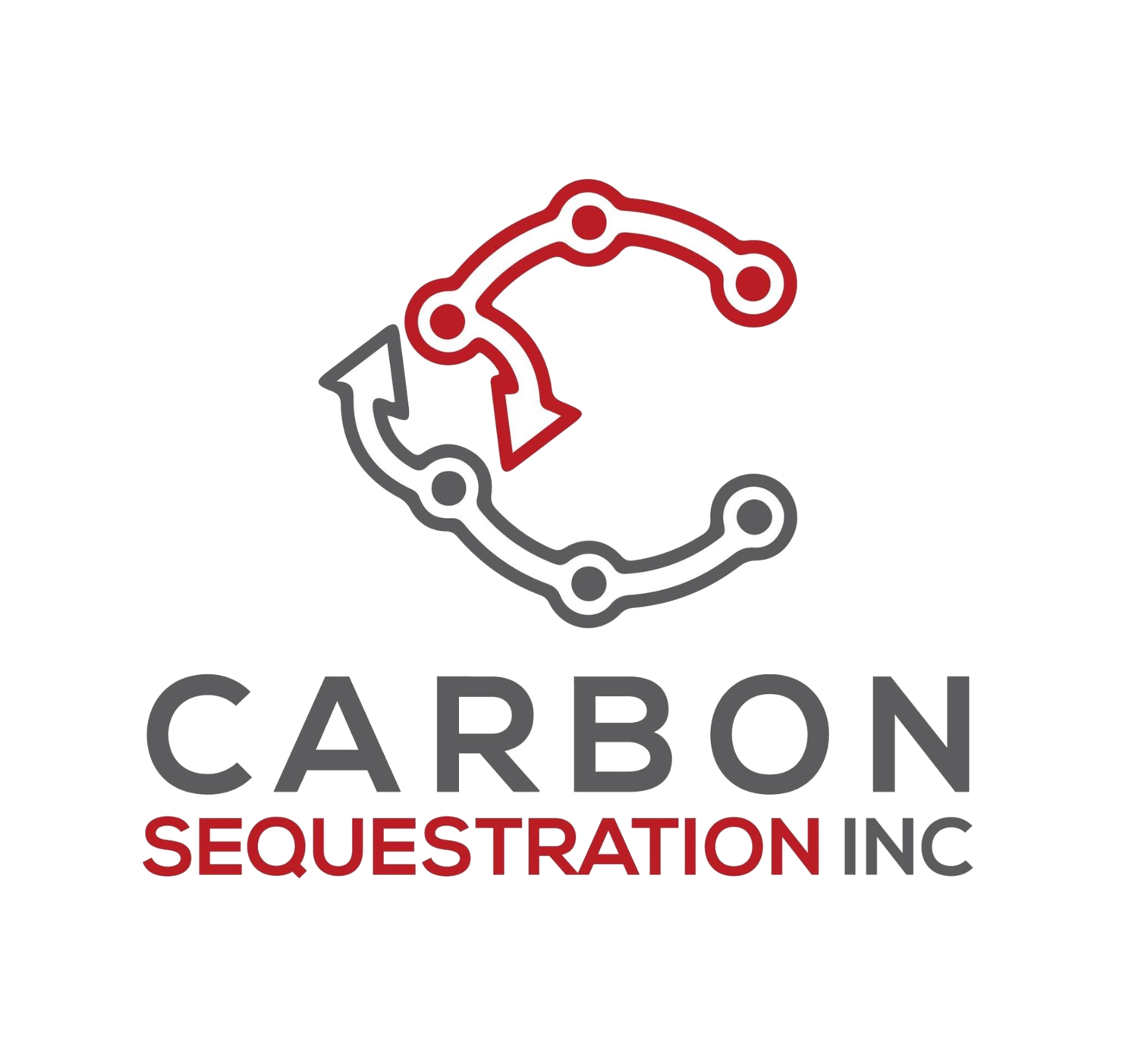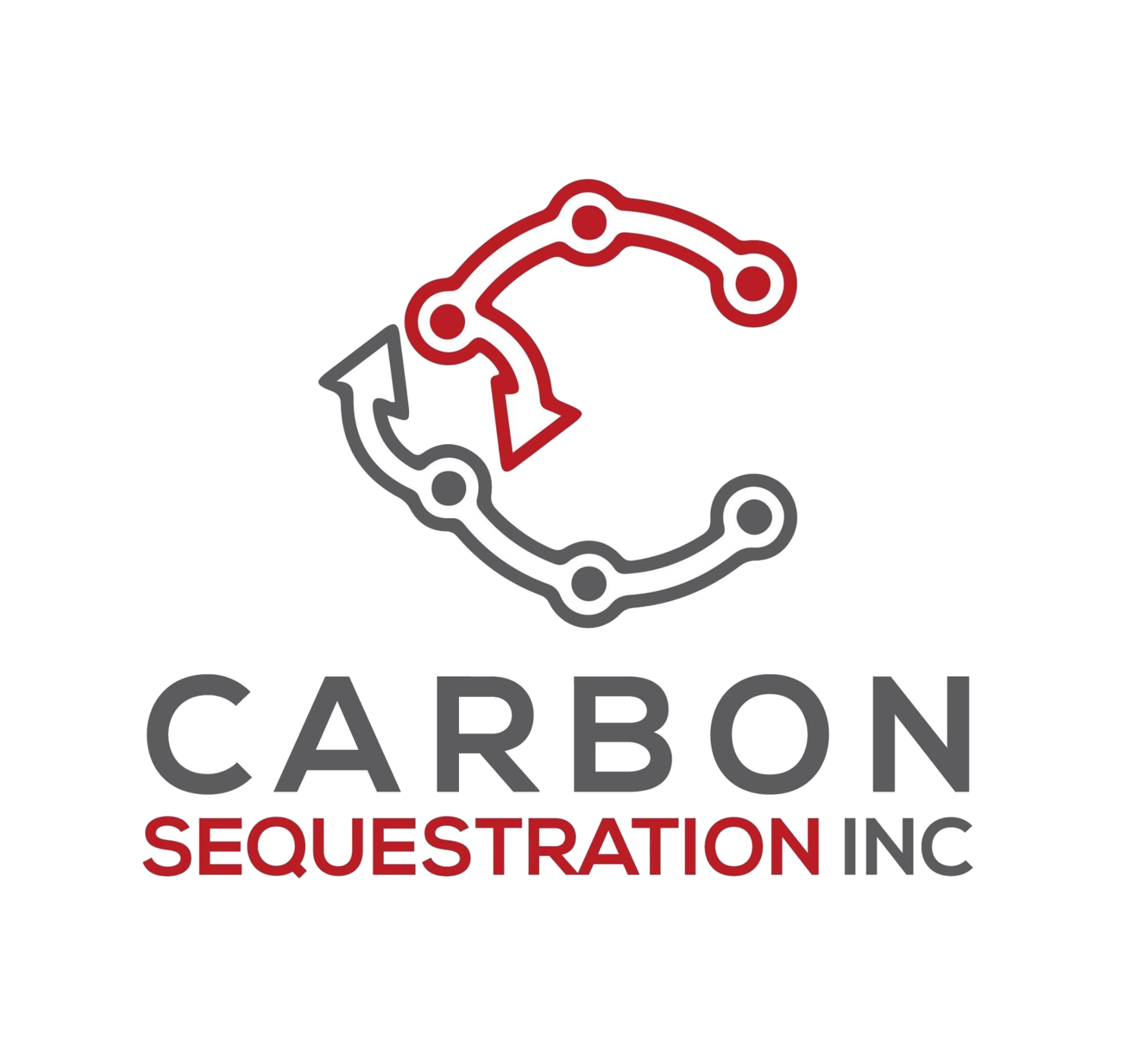Our Environmental Commitment
At CSI, we are dedicated to restoring land, capturing carbon, and creating lasting benefits for both the climate and local ecosystems. Every project is guided by science, transparency, and a deep respect for nature-ensuring our work supports biodiversity, healthy soils, and resilient communities for generations to come.
Protecting Wildlife & Habitats
Soil Health & Nutrient Cycling
Healthy soil is the foundation of both productive landscapes and effective carbon removal. By restoring and enriching soils with organic matter from buried wood, CSI’s projects help soils capture more carbon, retain water, and support vibrant plant and microbial life. This regenerative approach not only locks away atmospheric carbon but also builds long-term fertility and resilience in the land.
Buried woody biomass adds organic matter, boosting soil carbon and supporting beneficial soil microbes.
Improved soil structure increases water retention and reduces erosion, making sites more resilient to drought and heavy rains.
Enhanced nutrient cycling supports lush revegetation and long-term ecosystem health.
The evolving soil profile mimics natural processes like hugelkultur, creating a self-sustaining, fertile substrate for native plants.
Healthier soils reduce the need for chemical fertilizers and help restore degraded land for future generations.
At CSI, we design every project to not only capture carbon but also protect and enhance local wildlife habitats. By restoring native vegetation, preserving nature corridors, and carefully managing land, we ensure our sites support thriving ecosystems alongside long-term carbon storage.
Preserve and restore native forests, grasslands, and wetlands to provide essential habitat and increase biodiversity.
Establish and maintain wildlife corridors so animals can safely migrate and adapt to changing conditions.
Replant with a diverse mix of native species to create resilient habitats and support pollinators, birds, and other wildlife.
Avoid practices that fragment habitats or introduce invasive species, ensuring healthy, balanced ecosystems.
Monitor and adapt land management to maintain ecological connectivity and support both wildlife and carbon goals.
Unlike traditional landfills, CSI’s woody biomass vaults are designed exclusively for clean, natural materials and long-term environmental restoration. Our approach avoids the pollution, habitat loss, and long-term risks associated with municipal waste disposal, creating a solution that benefits both the climate and the land.
Only clean, woody biomass is buried-no plastics, metals, or hazardous waste.
Native clay creates a natural, oxygen-tight seal-no synthetic liners required.
Vaults are shaped to fit the landscape and support future revegetation, not just waste storage.
Sites are restored with native plants and designed to become thriving habitats, not capped and abandoned.
Continuous monitoring ensures vault integrity and environmental safety for decades to come.
Sustainable Biomass Use & Innovation
CSI is committed to using biomass in ways that maximize climate benefits and support sustainable land management. By sourcing only non-merchantable wood that would otherwise be burned or left to decompose, we ensure our projects reduce emissions and add value to local communities. We continually explore new technologies and practices to further improve our carbon removal and land restoration efforts.
Source only waste wood and residues from local forestry and land management-never merchantable timber.
Prevent air pollution and greenhouse gas emissions by diverting biomass from open burning.
Use innovative burial methods that lock away carbon for centuries while restoring degraded land.
Explore future solutions like biochar production and BECCS (Bioenergy with Carbon Capture and Storage) to expand climate impact.
Adapt project design to local conditions and emerging science, ensuring ongoing environmental and community benefits.
Reducing Project Emissions
CSI is dedicated to minimizing the carbon footprint of every project, ensuring that our carbon removal efforts deliver true climate benefits. By optimizing logistics, using efficient equipment, and carefully managing every step from sourcing to burial, we reduce emissions associated with transportation and site operations.
Source biomass as close to the burial site as possible to limit transportation emissions.
Use fuel-efficient machinery and optimize routes to minimize on-site fuel use.
Schedule deliveries and construction to reduce idling and unnecessary trips.
Track and report all project-related emissions for full transparency and continuous improvement.
Explore future opportunities for electrification and renewable fuels to further lower operational impacts.







